17 Eco-Friendly Habits That Also Save You Money
It is possible to be kind to the planet and your budget at the same time. By adopting eco-friendly habits, you can reduce your expenses while supporting a healthier environment. Simple changes like switching to energy-efficient products can help cut down on utility bills. Plus, taking care of the earth often leads to less waste and fewer unnecessary purchases. With the right steps, saving money and protecting the environment can go hand in hand.
This post may contain affiliate links, which helps keep this content free. Please read our disclosure for more info.
Maximize Savings with Energy-Efficient Appliances
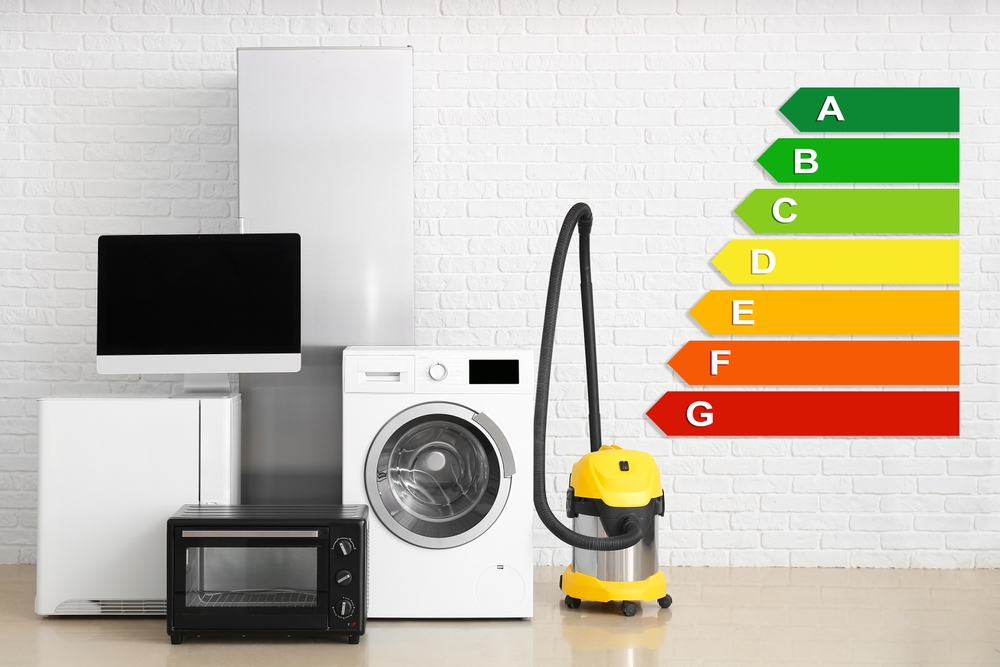
Energy-efficient appliances use less electricity, which helps lower your utility bills. For example, an Energy Star-rated refrigerator uses up to 50 percent less energy than an older model. By replacing old, inefficient appliances with newer, energy-saving versions, you can reduce both energy use and costs. Start by upgrading your most-used appliances, like your washing machine or dishwasher, to see immediate savings. Over time, these appliances will pay for themselves through the reduced cost of electricity.
When shopping for appliances, always check for an energy efficiency rating before making a purchase. Many appliances now come with features designed to minimize power usage while maintaining performance. The initial cost may be higher, but the long-term savings on your electricity bill will quickly make up for it. Moreover, some utility companies offer rebates for purchasing energy-efficient models. By making this small change, you can cut your energy consumption and save money in the long run.
Lower Your Energy Consumption with LED Lighting

LED bulbs use much less energy than incandescent bulbs, making them a cost-effective lighting solution. Replacing all your bulbs with LEDs can reduce your electricity bill and last much longer than traditional lighting. LED lights also produce less heat, reducing the need for air conditioning during warmer months. Although the initial cost is slightly higher, the energy savings over time outweigh the price difference. Make the switch in all rooms to begin seeing immediate savings on your monthly electricity bills.
In addition to saving money, LED lights contribute to a more sustainable environment. They use about 75 percent less energy than traditional bulbs and can last up to 25 times longer. This means fewer replacements and less waste. By making the simple change to LED lights, you help lower your carbon footprint while also cutting down on energy use. This small adjustment can lead to significant savings year after year.
Cut Utility Costs with Water Conservation
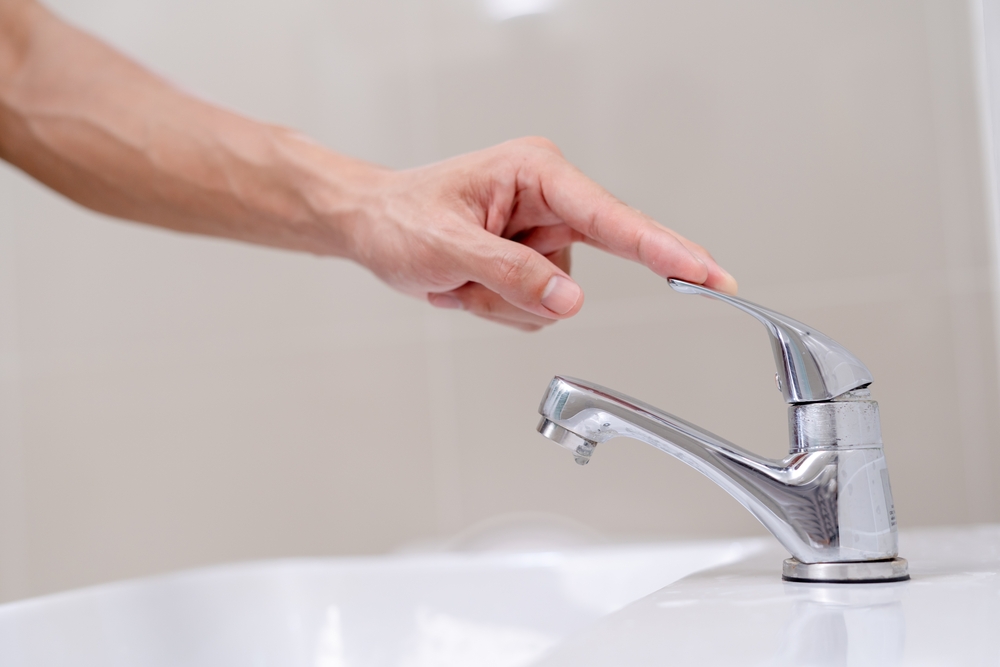
Using less water can directly lower your water bills. Installing low-flow showerheads and faucets reduces water consumption without sacrificing performance. Fixing leaks quickly also helps prevent wasting water, which could otherwise result in higher utility costs. Simple changes like turning off the tap while brushing your teeth can further reduce your monthly water bill. Over time, these habits will lower both your water and heating bills.
Additionally, using less water can help conserve energy since less water needs to be heated. For example, shorter showers mean less hot water usage, which reduces your energy consumption. You can also consider collecting rainwater for outdoor use, which can reduce reliance on municipal water systems. Small, mindful changes in your daily water use will add up to noticeable savings over time. Water conservation is a simple but effective way to save money.
Recycling and Repurposing
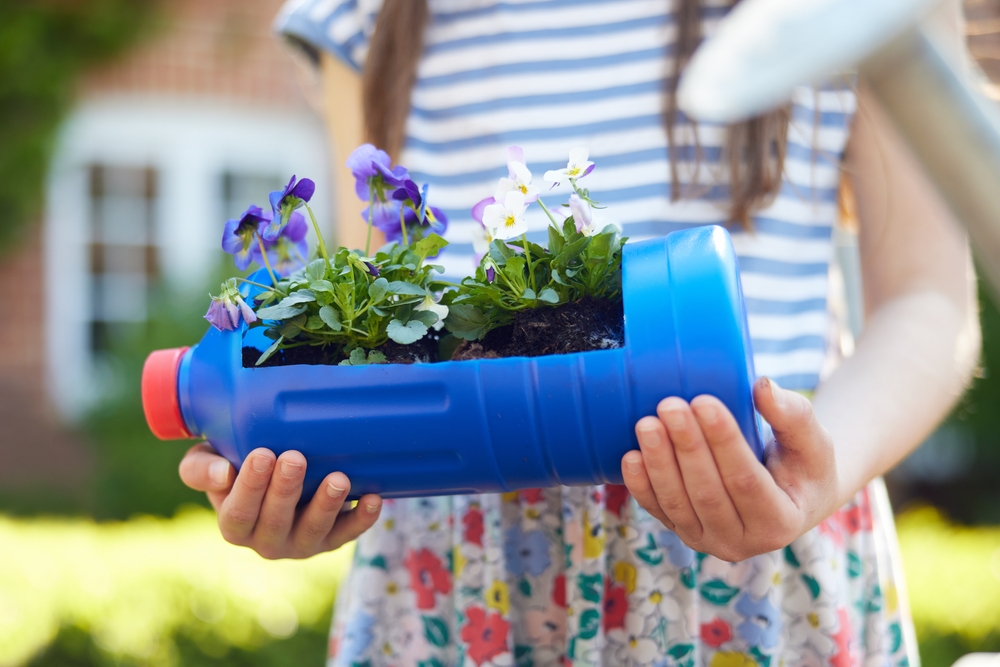
Recycling and repurposing materials help reduce the need to purchase new items, which in turn saves money. Instead of buying new containers, reuse glass jars, plastic bottles, and old boxes for storage. Repurposing old clothes as cleaning rags or turning scrap wood into DIY projects reduces the need to buy new products. By reusing what you already have, you cut down on unnecessary purchases. This is an easy way to both save money and keep items out of landfills.
Recycling also helps minimize waste disposal costs. In many places, recycling is free or offered at a lower cost than regular waste services. Plus, buying recycled or secondhand goods often comes at a lower price. By incorporating recycling and repurposing into your routine, you contribute to sustainability while cutting costs. These habits not only help you save money but also support a more environmentally-friendly lifestyle.
Lower Grocery Bills by Buying in Bulk

Buying in bulk helps save money on items you use frequently, such as rice, pasta, and household products. Bulk buying typically costs less per unit than purchasing smaller quantities. Many stores offer bulk bins where you can buy just the amount you need, reducing waste. You can stock up on essentials like toilet paper, soap, and canned goods without paying the higher prices of packaged items. Over time, bulk buying reduces your overall grocery spending.
Bulk purchasing also minimizes trips to the store, saving both time and transportation costs. It is an especially good option for large households or those who cook frequently. By purchasing in bulk, you not only save money but also reduce packaging waste, contributing to a more sustainable lifestyle. If you do not have much storage space, consider joining a bulk-buying co-op with friends or family. This can help everyone save while reducing waste.
Save Energy and Money by Line Drying Clothes
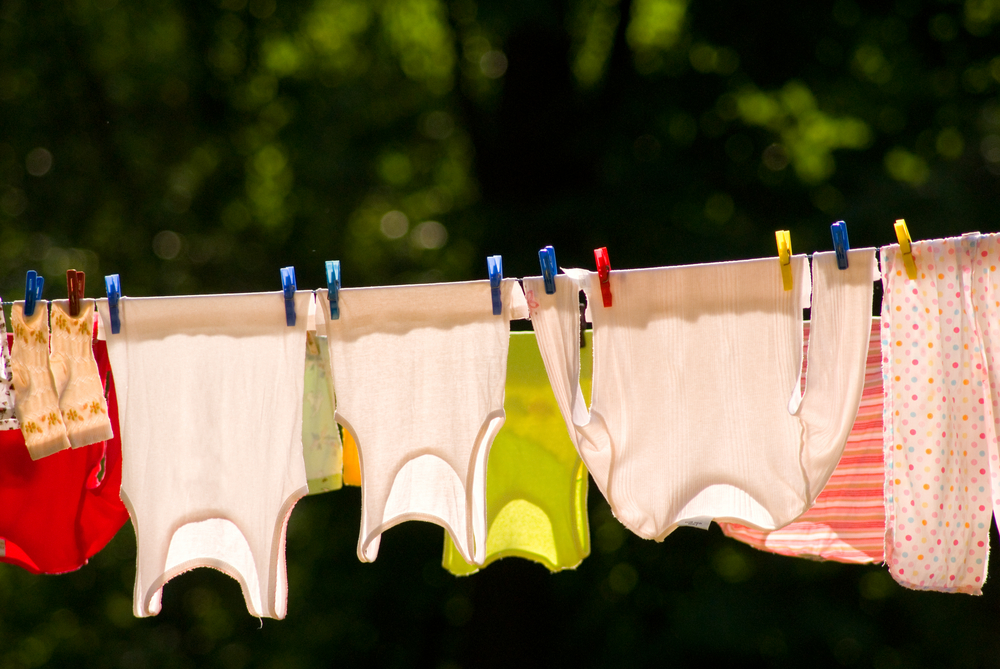
Using a clothesline instead of a dryer is an effective way to save on electricity costs. Dryers consume a lot of power, whereas line drying uses no energy at all. On warm, sunny days, hang your clothes outside to dry, which not only saves money but also leaves clothes smelling fresh. Even during colder months, you can set up an indoor drying rack to avoid using the dryer. Over time, this simple habit can significantly reduce your energy bills.
In addition to saving on electricity, line drying extends the life of your clothes. The heat and tumbling of a dryer can wear down fabrics, but air drying keeps clothes in better condition. Clothes dried outside often have a fresher smell, and the UV rays from the sun can help remove germs and odors. If you have a small space, consider using a foldable drying rack or a retractable line for convenience. This easy habit offers both savings and better fabric care.
Cut Transportation Costs by Walking or Biking

Walking or biking instead of driving for short trips saves money on gas, parking, and car maintenance. These options are not only more affordable but also healthier for your body and the environment. By choosing to walk or bike for errands, you reduce your fuel consumption, which leads to lower transportation expenses. For shorter distances, walking or biking can often be faster than driving, especially when you factor in parking time. Over time, this habit can add up to significant savings.
Walking or biking also helps reduce wear and tear on your car, lowering maintenance and repair costs. You will spend less on gas and reduce the frequency of oil changes, tire replacements, and other car-related expenses. Even if you are not able to walk or bike everywhere, reducing car usage a few times a week can save you money. It is a great way to get exercise while saving on transportation costs. This eco-friendly choice offers both financial and health benefits.
Grow Fresh Produce at Home and Cut Grocery Expenses

Growing your own fruits and vegetables can significantly lower your grocery bills. Starting with easy-to-grow items like tomatoes, lettuce, and herbs can reduce the need to buy these items at the store. Once you have a garden, you will have fresh produce available at no cost other than the initial investment in seeds and supplies. Homegrown produce can be more flavorful and nutritious, providing added benefits beyond just savings.
Gardening also helps reduce food waste. If you grow only what you need, you avoid buying excess produce that may spoil. You can also preserve your harvest by freezing, canning, or drying it, which helps you avoid purchasing packaged items. Whether you have a small balcony or a large yard, growing your own food is an affordable and rewarding way to save money. This habit encourages self-sufficiency and reduces reliance on grocery stores.
Create Affordable DIY Cleaning Products

Making your own cleaning products can save you money by reducing the need for store-bought items. Basic ingredients like vinegar, baking soda, and lemon juice are all-natural, inexpensive, and effective for cleaning most surfaces. You can create multi-purpose cleaners, scrubbers, and air fresheners with just a few simple ingredients. This eliminates the need to buy different products for various cleaning tasks, saving you both time and money.
Homemade cleaners are also better for your health since they avoid harsh chemicals found in many commercial cleaners. By using common household ingredients, you can create safe, non-toxic cleaning solutions. In addition to being cost-effective, making your own cleaning products helps reduce plastic waste. You can store these homemade cleaners in reusable containers to further reduce waste. This habit allows you to maintain a clean home while keeping costs down.
Find Quality Secondhand Items for Less

Buying secondhand items, such as clothing, furniture, and electronics, is an effective way to save money. Thrift stores, online marketplaces, and consignment shops offer gently used products at a fraction of the original price. Secondhand items are often in great condition, and you can find unique or vintage pieces that are no longer available in stores. By purchasing secondhand, you avoid the markup that comes with new products, helping you stretch your budget further.
In addition to saving money, buying secondhand reduces waste by giving items a second life. This eco-friendly habit helps keep usable goods out of landfills, contributing to a more sustainable lifestyle. When buying secondhand, be sure to inspect items for quality and durability to ensure they will last. Many online platforms offer buyer protections, making it easier and safer to shop for used items. This simple habit helps you save money while being mindful of the environment.
Reduce Commuting Costs with Public Transportation

Using public transportation instead of driving your car is an affordable way to get around. It eliminates the need for gas, parking fees, and vehicle maintenance. By opting for buses, trains, or subways, you can reduce the costs of owning and operating a vehicle. Many cities offer discounted monthly or annual passes for frequent commuters, further lowering expenses. Public transportation is also a more sustainable choice, reducing the environmental impact of personal vehicles.
In addition to the savings on fuel and maintenance, using public transportation reduces wear and tear on your car, which lowers the cost of repairs. It also saves you from having to deal with the hassle of finding parking. For longer trips, using a combination of public transit and walking can help further cut costs. If available in your area, taking advantage of public transportation helps you save both time and money. This eco-friendly choice makes a big difference to both your wallet and the planet.
Lower Your Environmental Impact with Renewable Energy
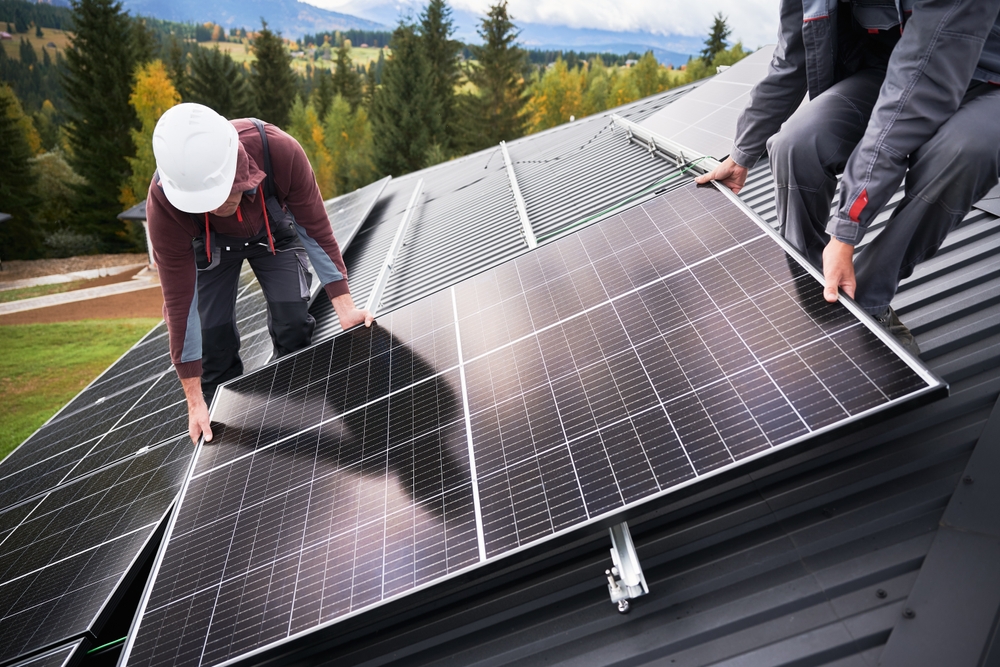
Switching to renewable energy can reduce your reliance on traditional, more expensive power sources. Solar panels, wind energy, or green energy providers can offer long-term savings on your electricity bills. While the upfront cost of installing solar panels may seem high, the savings on your monthly utility bill will more than make up for it over time. Many areas also offer incentives or rebates for those switching to renewable energy sources, making the transition more affordable. Renewable energy helps protect the environment and offers cost savings as energy prices rise.
Additionally, renewable energy systems, such as solar panels, require minimal maintenance and have long lifespans, which contribute to further savings. These systems provide consistent energy savings, especially as electricity prices fluctuate. By using clean, sustainable energy, you reduce your carbon footprint, benefiting both your finances and the planet. Even if installing solar panels is not an option, switching to a green energy provider can still lower your overall energy costs. The long-term financial and environmental benefits of renewable energy make it a worthwhile investment.
Control Your Home’s Climate with Programmable Thermostats

A programmable thermostat allows you to control your home’s temperature efficiently, saving money on heating and cooling. By setting the thermostat to adjust when you are not home, you avoid wasting energy while ensuring your house remains comfortable when you return. It is especially useful for controlling temperatures during the night or when you are away during the day. You can program your thermostat to heat or cool your home only when needed, reducing energy usage and lowering monthly utility bills. Over time, the savings will offset the cost of the thermostat.
Using a programmable thermostat also helps maintain a consistent temperature throughout your home. It ensures that your HVAC system is not running unnecessarily, which prevents wear and tear on your equipment. Some thermostats can even learn your preferences and adjust automatically, further maximizing energy savings. By installing a programmable thermostat, you can take control of your energy consumption and save on long-term utility costs. This simple adjustment offers both financial savings and improved home comfort.
Make Sustainable Fashion Choices and Save

Making sustainable fashion choices can help you save money by reducing the need for constant clothing purchases. Instead of buying trendy, inexpensive fast fashion, invest in quality, timeless pieces that will last for years. These items may cost more upfront, but they are built to withstand wear and tear, reducing the need for frequent replacements. You can also shop secondhand for unique, high-quality items at a fraction of the price. By opting for sustainable fashion, you not only save money but also support ethical brands.
In addition to buying durable clothing, consider organizing clothing swaps with friends or family to refresh your wardrobe without spending money. Another way to save is by caring for your clothes properly, ensuring they last longer and stay in good condition. By purchasing fewer, higher-quality items, you reduce waste and save money on frequent purchases. Sustainable fashion promotes mindful shopping habits, making it an investment in both your wallet and the planet’s future. This approach helps you create a more sustainable wardrobe without breaking the bank.
Turning Off Unused Electronics
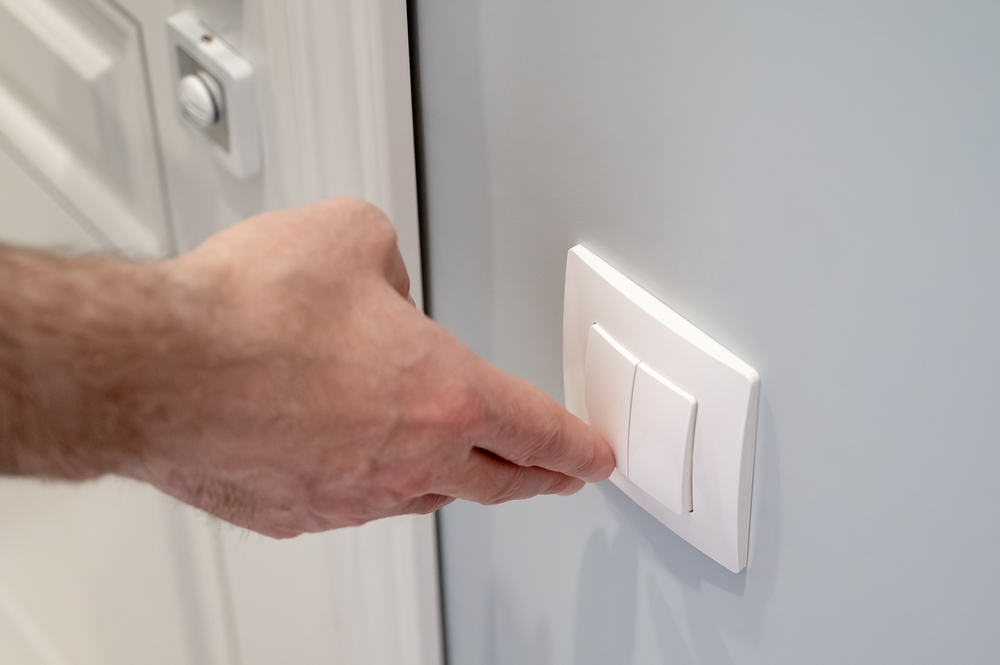
Turning off electronics when not in use helps save on electricity costs and reduces energy waste. Many devices, such as TVs, computers, and chargers, use power even when they are switched off but still plugged in. Unplugging these devices when not in use ensures that they do not continue to draw energy. Another way to reduce energy consumption is by using power strips for multiple devices, making it easier to turn off several at once. By minimizing unnecessary power usage, you lower your monthly electricity bill.
In addition to turning off electronics, consider switching to energy-efficient appliances and lighting to further reduce energy waste. Many modern electronics, like televisions and computers, come with energy-saving modes that use less power when inactive. Regularly unplugging devices and using smart home features that automatically power off devices can help save energy. These small habits lead to lower utility costs and reduce your overall energy consumption. By making these adjustments, you contribute to a more sustainable lifestyle while saving money.
Use Cloth Products to Reduce Waste and Costs

Switching from disposable paper products to cloth alternatives can help you save money over time. Cloth napkins, towels, and rags are reusable, meaning you will no longer need to purchase paper towels or napkins regularly. While cloth products may cost more upfront, they can be washed and reused many times, making them a cost-effective option in the long run. You can also use cloth bags instead of single-use plastic bags, further reducing waste and saving money. By making this simple change, you will cut down on unnecessary purchases and reduce household waste.
In addition to saving money, using cloth products helps reduce environmental impact. Paper towels and napkins are made from trees, while cloth alternatives help reduce deforestation and landfill waste. Washing cloth products instead of throwing them away reduces the need for new resources, such as paper, and cuts down on plastic waste. Over time, these small changes can make a big difference in both your budget and your environmental footprint. This habit promotes sustainability and long-term savings.
Automate Savings and Build Financial Security
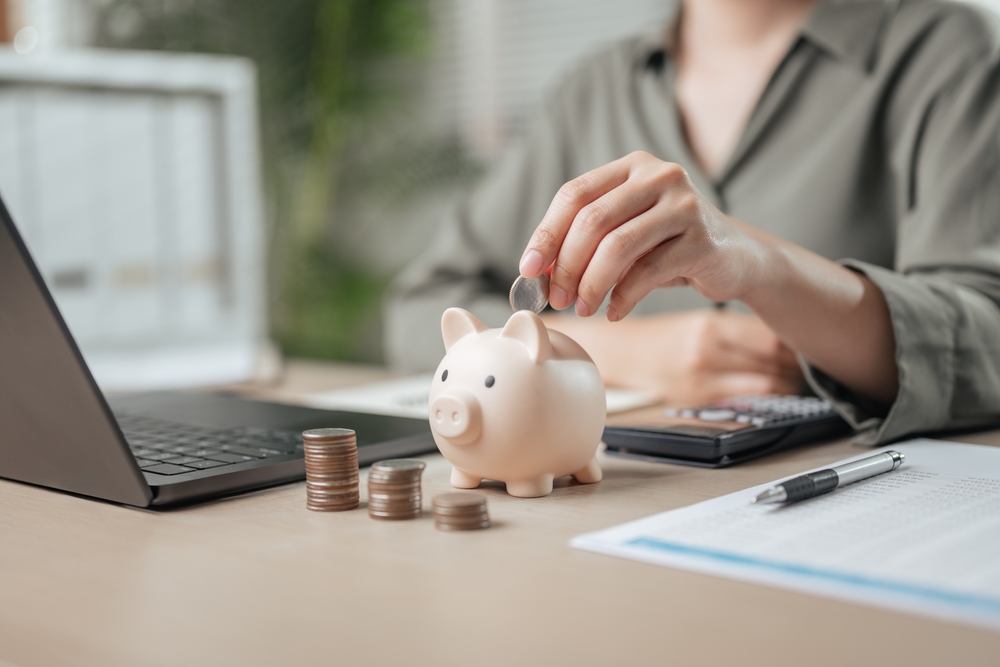
Setting up automatic transfers to your savings account or investment fund is an easy way to ensure you are consistently saving money. By automating this process, you reduce the temptation to spend money on unnecessary items, helping you stay on track with your financial goals. It can be as simple as setting up a small, regular transfer from your checking account to your savings account each month. Over time, even small contributions add up and build financial security. The key is to make saving automatic and effortless.
Automating savings also helps with budgeting, as you prioritize saving before spending. Many employers offer direct deposit into separate accounts, allowing you to split your paycheck automatically. You can also set up automatic contributions to retirement accounts, ensuring long-term financial growth. This habit helps you stay consistent with your savings and avoid forgetting to set aside money. By automating your savings, you are taking a simple step toward building financial security without having to think about it.
Small adjustments to your daily habits can lead to big savings on your utility bills, shopping, and more. These habits are not only easy to implement but also offer lasting rewards for both your wallet and the planet. Embrace these simple changes, and watch how they positively impact both your finances and the environment.
This article originally appeared on Avocadu.
